Skip over navigation

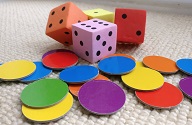
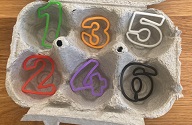
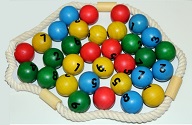
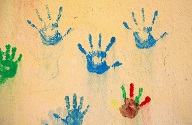
Or search by topic
Number and algebra
Geometry and measure
Probability and statistics
Working mathematically
Advanced mathematics
For younger learners
Estimation Station
Age 3 to 5
Estimating, counting and comparing





Children often enjoy guessing, "How many are in the jar?" and then counting to see who is right. They get excited by big numbers!
Adults could provide a clear plastic jar with a number of things in it and change these daily. Filling a big jar with really small things will give children the experience of what large numbers look like.
The Activity
Children guess how many things are in the jar, then count to find out. Older children can record their guesses on post-it notes and then put these in order to discuss which estimates were closest.
Children guess how many things are in the jar, then count to find out. Older children can record their guesses on post-it notes and then put these in order to discuss which estimates were closest.
Encouraging mathematical thinking and reasoning:
Describing
What do you notice?
How many can you see?
How do these pine cones compare with yesterday's beads?
What do you notice?
How many can you see?
How do these pine cones compare with yesterday's beads?
Reasoning
How many do you think there are? Why do you think that?
Will it be more or less than 20? A lot more/less? Or a little more/less?
Will it be between 15 and 20? A little or a lot more than this? Or less than this?
How many can you see? How many do you think are hidden?
Was your guess more or less than the actual count?
Was your guess very close/way out? Why do you think that was?
Can you put the estimates in order on the board/washing line?
Were most people close or far out?
How many do you think there are? Why do you think that?
Will it be more or less than 20? A lot more/less? Or a little more/less?
Will it be between 15 and 20? A little or a lot more than this? Or less than this?
How many can you see? How many do you think are hidden?
Was your guess more or less than the actual count?
Was your guess very close/way out? Why do you think that was?
Can you put the estimates in order on the board/washing line?
Were most people close or far out?
Opening Out
Are there more or less than yesterday? Why do you think that?
What if we fill it up again, but with the little bears?
How many do you think will fit in the tall jar/the matchbox/the crate? Is there a quicker way to count?
Are there more or less than yesterday? Why do you think that?
What if we fill it up again, but with the little bears?
How many do you think will fit in the tall jar/the matchbox/the crate? Is there a quicker way to count?
Recording
Can you write your estimate on a post-it note? Can you see your number on the number track? What numbers can you see that people have written?
Were a lot of people very close/way out?
Can you write your estimate on a post-it note? Can you see your number on the number track? What numbers can you see that people have written?
Were a lot of people very close/way out?
The Mathematical Journey
Counting and cardinality:
- estimating amounts as numbers
- counting amounts above 10
- comparing numbers, more/less/fewer
- ordering numbers
- comparing amounts to a range of numbers, e.g. 15 to 20 or 25 to 30
Matching numerals and amounts:
- writing and reading numerals as estimates
Measures:
- using language: bigger, smaller, full, fuller, empty, emptier
- predicting and explaining that the smaller the object the less space they take up - "The little bears are smaller so it will be a big number"
- generalising - "If you have little things you get more"
Development and Variation
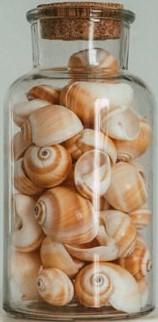 Use natural objects (like pebbles, shells, pine cones and conkers) or small toys, coins, buttons, keys or cotton wool balls.
Use natural objects (like pebbles, shells, pine cones and conkers) or small toys, coins, buttons, keys or cotton wool balls.- Choose the size of objects to provide the number range you want children to work with.
- Vary the scale of container and objects e.g. use crates of bricks outdoors.
- Use assorted items which come in different sizes, such as shells or conkers, which will be harder to estimate but will provoke discussion.
- Two children can record everyone's guesses on a clipboard, and then count the items in the jar.
- Children can record their estimate by putting a peg on a number 'washing line'.
- Set up a Filling Station: fill several identical containers (e.g. matchboxes, yoghurt pots, fish bowls) with different kinds of items or fill different containers (e.g. one tall and narrow, one short and wide) with the same things.
- Weighing with balances: guess how many objects it will take to balance the teddy bear. What about two teddy bears?
Resources
A clear plastic jar and collections of objects:
A clear plastic jar and collections of objects:
- of uniform size such as marbles, coins, beads, cubes, jewels, cotton-wool balls and bears
- of non-uniform size such as conkers, pebbles, dinosaurs...
Download a PDF of this resource.
Acknowledgements: Helen J Williams, Julie Sale at Headington Prep-School


